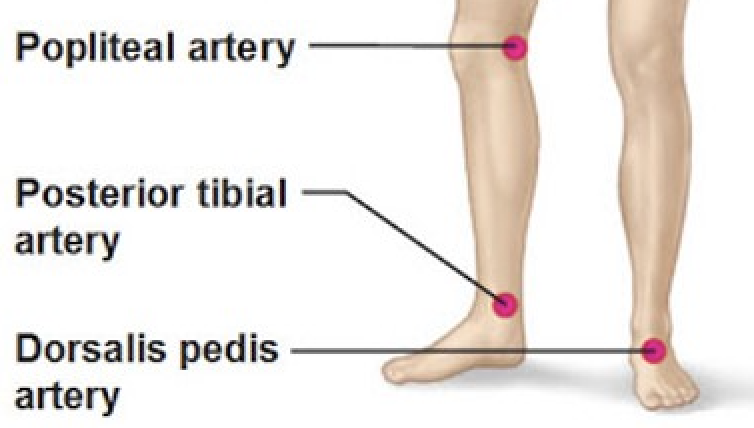After exploring new technologies and learning about how do certain materiales behave, the next step in our process is empathizing and educating ourselves about a specific disability that impacts the lives of many individuals. By comprehending about the challenges they have to face on a daily basis, we will be able to provide an adequate device that truly caters their needs and improves their quality of life.
After doing a broad research, we learned about the intricacies of cerebral palsy (CP) and the significant effects it can have on the legs. CP is a neurological condition that impairs movement and muscle coordination due to damage or abnormalities in the developing brain. Depending on the type and severity of CP, individuals may experience various leg-related challenges. Spastic CP often causes increased muscle tone and stiffness, leading to difficulties with walking, balance, and coordination. Dyskinetic CP manifests as involuntary and uncontrolled movements, which can disrupt leg coordination and make controlled movements challenging. Ataxic CP primarily affects coordination and balance, resulting in difficulties with precise leg movements and maintaining stability. In a global context, the World Health Organization (WHO) estimates that CP affects around 17 million people worldwide.
Additionally, we also found information about the complexities of cerebral vascular disease (CVD). It refers to a group of conditions affecting the blood vessels supplying the brain, resulting in damage or dysfunction. This disease may also affect the adequate performance of their legs. In cases such as strokes or transient ischemic attacks (TIAs), where blood flow to the brain is disrupted, it can lead to motor impairments in the legs. These may include weakness, paralysis, difficulties with coordination and balance, or changes in muscle tone. Additionally, individuals with CVD may also encounter sensory impairments, such as altered sensation or numbness in the legs. According to estimates from the Global Burden of Disease Study, published in The Lancet, in 2019, there were approximately 116.4 million cases of ischemic stroke and 9.6 million cases of hemorrhagic stroke worldwide. These numbers give an idea of the scale of CVD globally, but it's important to note that these figures include stroke cases specifically and do not encompass the full range of cerebrovascular diseases.
After doing this wide research, we are aiming to develop a device that enhances the performance and mobility of individuals affected by cerebral palsy (CP) and cerebrovascular disease (CVD). By harnessing the power of technology and innovative design, our objective is to create a device that assists individuals in overcoming the challenges they face. Whether it's addressing muscle stiffness and coordination issues in CP or aiding motor impairments resulting from CVD, our device aims to support individuals in achieving better control and functionality in their leg movements. Through this endeavor, we aspire to enhance the overall quality of life for those living with CP and CVD by empowering them to engage in daily activities, improve independence, and unlock new possibilities in their journey towards improved mobility.
To ensure our device effectively addresses the needs of individuals with cerebral palsy (CP) and cerebrovascular disease (CVD), we engaged in valuable discussions with a knowledgeable physiotherapist. By consulting with this expert, we gained invaluable insights into the areas where these individuals are most affected in their legs and the specific muscles that require stimulation to enhance their experience. Drawing from their expertise, we aim to design our device to target these specific muscle groups, providing targeted support and stimulation.
Visual reference of muscle placement of the lower limb:

Visual reference of artery placement of the lower limb:

 Miranda
Miranda
Discussions
Become a Hackaday.io Member
Create an account to leave a comment. Already have an account? Log In.